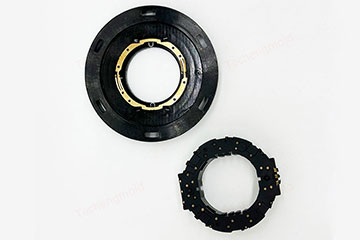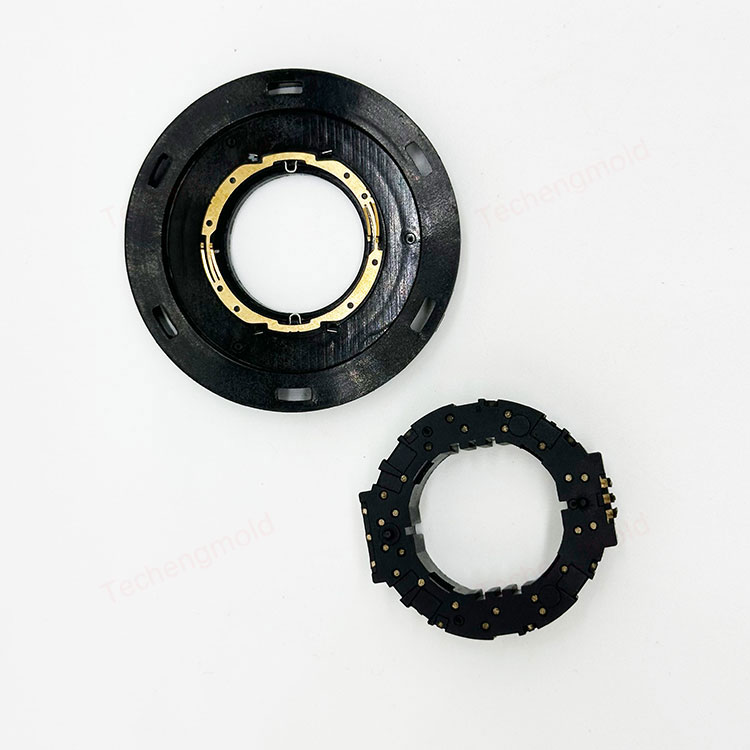
PEEK mold design considerations
PEEK (polyether ether ketone) is a high-performance engineering plastic with excellent performance, which is widely used in high-end fields such as aerospace, medical devices, electronics and electrics due to its excellent mechanical properties, high temperature resistance, chemical resistance and biocompatibility. However, PEEK materials are [...]
- Info
PEEK (polyether ether ketone) is a high-performance engineering plastic with excellent properties. Due to its excellent mechanical properties, high temperature resistance, chemical resistance and biocompatibility, it is widely used in high-end fields such as aerospace, medical devices, electrical and electronics. However, the injection molding processing of PEEK material is relatively difficult, which puts special requirements on mold design.
I. Selection of mold materials
1. High temperature performance requirements
Since the melting point of PEEK is as high as 343°C, the injection molding process temperature is usually between 350°C and 400°C. Mold materials must have good high-temperature performance, able to withstand high temperatures without deformation or annealing. Commonly used mold steels include H13, S136, M300, etc., which have excellent thermal stability and wear resistance.
2. Corrosion resistance
PEEK may release acidic gases at high temperatures, which may cause corrosion to the mold. Therefore, the mold material needs to have good corrosion resistance, or anti-corrosion treatment on the mold surface, such as chrome plating, nitriding, etc..
Second, mold structure design
1. Design of the pouring system
- Hot Runner Systems
Due to the high melting point and high viscosity of PEEK, the use of hot runner systems reduces heat loss from the melt and improves filling results. At the same time, the hot runner material needs to be high temperature resistant and have precise temperature control features. pEEK is an expensive material, and the use of hot runners can reduce costs even more when mass production is involved. - Gate Forms
Gates should be designed to withstand high shear forces, e.g. round gates or scalloped gates, to prevent material degradation and fracture. The size of the gate should be increased appropriately to ensure smooth filling of the melt.
2. Mold temperature control
- Efficient temperature control system
In order to maintain the mold temperature at high temperatures (approx. 180°C), special heating systems such as oil heaters or electric heaters need to be designed. Cooling systems should also be considered to ensure temperature uniformity. - Precise temperature control
Precision temperature controller is used to monitor and adjust the mold temperature in real time to prevent overheating or overcooling.
3. Demolding mechanism design
- De-molding Slope
Due to the low shrinkage rate of PEEK (about 1.2% to 1.5%), the demolding slope can be appropriately reduced, but in order to prevent the products from sticking to the mold, it is still necessary to design a reasonable slope, generally as follows 1° to 2°The - Surface polishing
The surface of the mold cavity should be polished with high precision to achieve a mirror effect to reduce the friction between the product and the mold and improve the demolding effect.

III. Process parameter considerations
1. Shrinkage compensation
In the mold design, the cavity size should be calculated accurately according to the actual shrinkage rate of PEEK material to ensure the dimensional accuracy of the products.
2. Exhaust design
PEEK material has poor fluidity at high temperatures and is prone to air bubbles and fusion marks. Therefore, the mold needs to be designed with effective exhaust slots to ensure smooth air discharge and prevent product defects.
Fourth, mold manufacturing accuracy
1. Machining accuracy
PEEK products are usually used in high-precision fields with strict dimensional requirements. Mold processing requires the use of high-precision processing equipment and processes.
2. Surface hardness and finish
Heat treatment such as quenching and nitriding is carried out on the working surface of the mold to improve the hardness and wear resistance. For products requiring high surface quality, chrome plating or PVD coating technology can be used.
Techeng Technology is a professional PEEK open mold injection molding manufacturers, to provide PEEK open mold customized to drawings, custom samples, from copying, machining sampling, 3D printing sampling, to mold design and manufacturing of injection molding processing one-stop service, welcome to consult.


